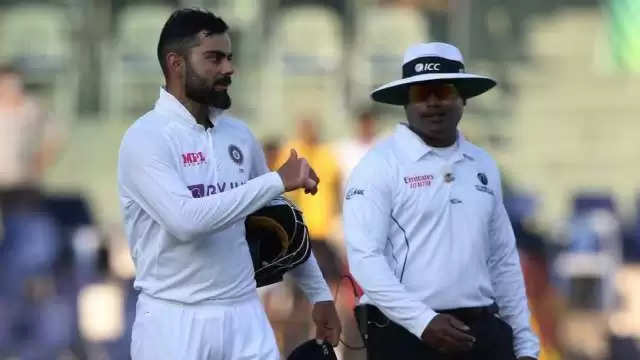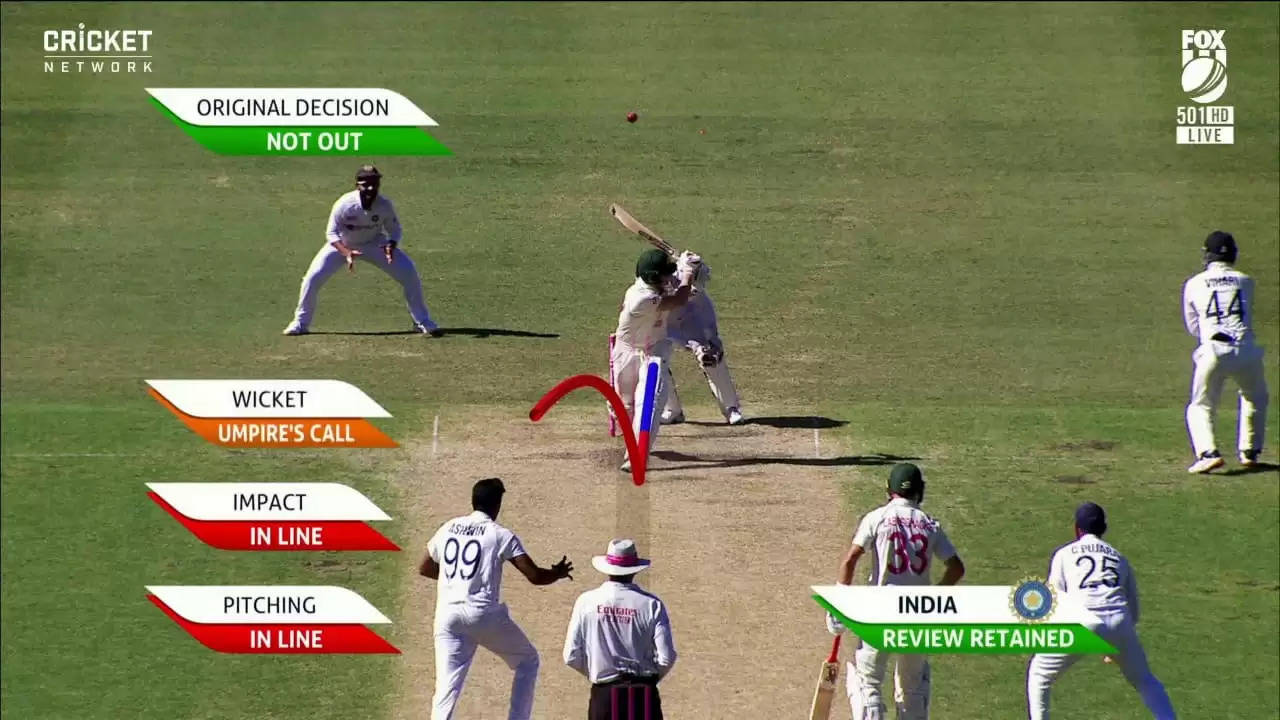Why the Umpire’s Call in DRS needs to stay

If we’ve learned anything in this age of social media, then it’s the fact that people are always ready for outrage. One such incident that showed this once again was the recent outrage over DRS and the Umpire’s call. Although the talks about pitches have taken the front seat in public discourse in the ongoing India-England Test series, the Umpire’s call still has enjoyed a fair share of the spotlight.
When Ajinkya Rahane survived by an Umpire’s call to a Jimmy Anderson reverse inswinger or the more outrageous one where Root was pinned on the backfoot, there was furore. But it’s not new.
Umpire’s call or DRS in general has been scrutinized time and again. From Shane Warne to Sachin Tendulkar, so many pundits have called for abolishment of Umpire’s call in recent times.

Umpire’s call comes into play when a bowling team takes a review for LBW after the umpire has given it not out. In such cases, unless the point of impact and wickets hitting is more than 50%, the TV umpire can not overrule the decision.
Now the anti-umpire’s-call argument is that the decisions are inconsistent. That a same delivery with identical projected paths can have two different outcomes based on what on-field umpire perceives. This makes the DRS unfair to bowling teams and very confusing to casual viewers. Another point is when a batsman is bowled, it doesn’t matter if ball is crashing into the middle or brushing the stumps so why should it matter here?
Hawk-eye technology or ball tracking has been a part of DRS since 2008 and while there’s been significant improvement in it over the years, it is still not 100% reliable. What people don’t understand is that DRS was introduced to get rid of the howlers, like we saw innumerable ones in recent Big Bash League but they didn’t have DRS. It is meant for minimising umpiring errors, not to scrutinize every close call.
How does the ball tracking technology work?
Six high speed cameras are placed in designated locations which track the movement of every delivery. Then the frames sent by cameras are used to create 3D visuals showing a path the delivery travelled. What we see after the point of impact is the most probable path, not the only path. And that is why there’s a 50% margin of error.
Regular viewers of the game could easily notice countless inconsistencies in the predictive path. So many times what we see with our own eyes and what technology shows us simply doesn’t add up. Apart from this, there have been instances where technology suffered failures.
In the 2014 New Zealand vs Pakistan Test series, left-handed batsman Shan Masood was struck on his left heel in front of leg stump by an inswinging yorker by left armer Trent Boult from over the wickets. After being given out, he reviewed it but the tracker showed the ball hitting leg stump instead of going down the leg.
Later Hawk-eye officials admitted that the projected path was indeed inaccurate. The reason for this error was only four cameras were used instead of usual six.
Here’s another incident showing shortcomings of the ball tracking. In an ODI between South Africa and Australia in 2016, AB de Villiers was clean bowled by Josh Hazlewood. Here’s an interesting part. The ball tracker predicted that delivery would’ve gone over the stumps. But the ball had not even made any contact with de Villiers’ bat or pads to affect the trajectory.
*Glass shatters pic.twitter.com/0LtsaSCkkb
— Tyson Otto (@tottodtsport) June 15, 2016
This third incident that occured in the recently concluded Border Gavaskar Trophy is a lot fresher in our minds. In the Sydney test, Steve Smith was struck on the pads trying to sweep what looked like R Ashwin’s stock delivery. The Umpire gave it not out but India went for the review.
In replays it looked like the ball would have missed the leg stump by some distance. There was a long delay in ball tracking and when it finally came on, the tracker showed clipping the leg stump. If this was shocking enough, you could see a fourth stump in ball tracking visuals. Steve Smith survived because of the Umpire’s call.

Entire social media went crazy about the mysterious fourth stump. Later speaking to Cricbuzz, Ian Taylor, MD of Virtual Eye admitted that the ball was indeed missing the stumps but what we saw on screen was because a camera lost its focus and the operator failed to recalibrate it in time.
Couple of weeks back, an MCC Cricket committee meeting was held to discuss whether to keep Umpire’s call and bouncers or not.
It’s about the benefit of doubt to the umpire because technology is not perfect. It’s about the margin of error that may or may not exist in the predictive path or point of impact. Until we have perfection in technology, we don’t hang and crucify umpires for fraction of millimeters. Players want consistency but they don’t want it all the time.
In conversation with Cricinfo, former ICC umpire Simon Taufel said.
There are enough doubts and instances to show that technology is not fully trustable. The human element of the sport needs to be there. Or else not only decision process will become robotic but most of the Test matches will end in two days and the pitches will have to take the brunt of it.

